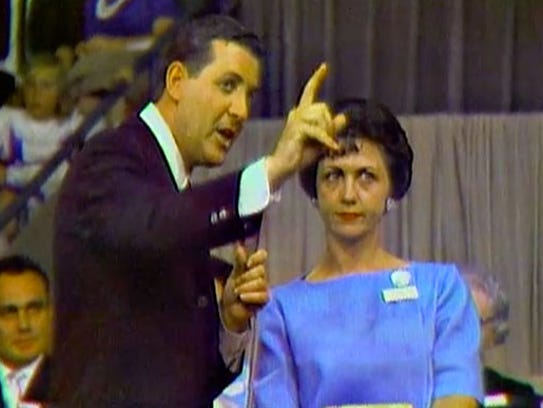A dichotomy theorem for nonuniform CSPs by Andrei Bulatov
A Proof of CSP Dichotomy Conjecture by Dmitriy Zhuk
I checked with experts in the field and at least one of these papers and more likely both ought to be correct.
Runners up include two matching papers I posted about last month, Svensson and Tarnawski who give a quasi-NC algorithm for general graph matching and Anari and Vazirani who give a NC algorithm for matching on planar graphs. We also had the nice quasi-polynomial time algorithm for parity games by Calude, Jain, Khoussainov, Li and Stephan that I posted on last March.
In last year's review we said "2016 will go down as a watershed year for machine learning" yet somehow it paled against 2017 with breakthroughs in chess, poker, astronomy not to mention continuous advances in machine translation, autonomous vehicles and everything else. Maybe next year ML can write the 2018 year in review.
We had an awesome eclipse to remind us of the wonders of the world and almost made me forget about US politics. Computing keeps growing and how do we find the resources to train people from pre-school through college and throughout their lives? How much should we worry about the dominance of a handful of computing companies?
We had an awesome eclipse to remind us of the wonders of the world and almost made me forget about US politics. Computing keeps growing and how do we find the resources to train people from pre-school through college and throughout their lives? How much should we worry about the dominance of a handful of computing companies?
Thanks to our guest posters Erin Chambers, Brittany Terese Fasy, Lori Ziegelmeier, Molly Fortnow and Periklis Papakonstantinou.
We remember Ken Arrow, Corrado Bohm, Michael Cohen, Petr Hájek, Monty Hall, Maurice Nivat, Raymond Smullyan, Peter Wegner and Lotfi Zadeh.
2018 is just full of questions: What will the Internet look like post-net neutrality? How will the new tax code play out? Where will Amazon put HQ2? What will machine learning do next? What can quantum computers with 50 qbits accomplish? Will bitcoin move to $300K or 30 cents? And what great advances in complexity await us?




